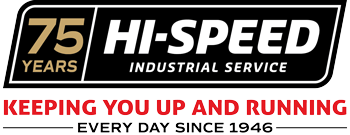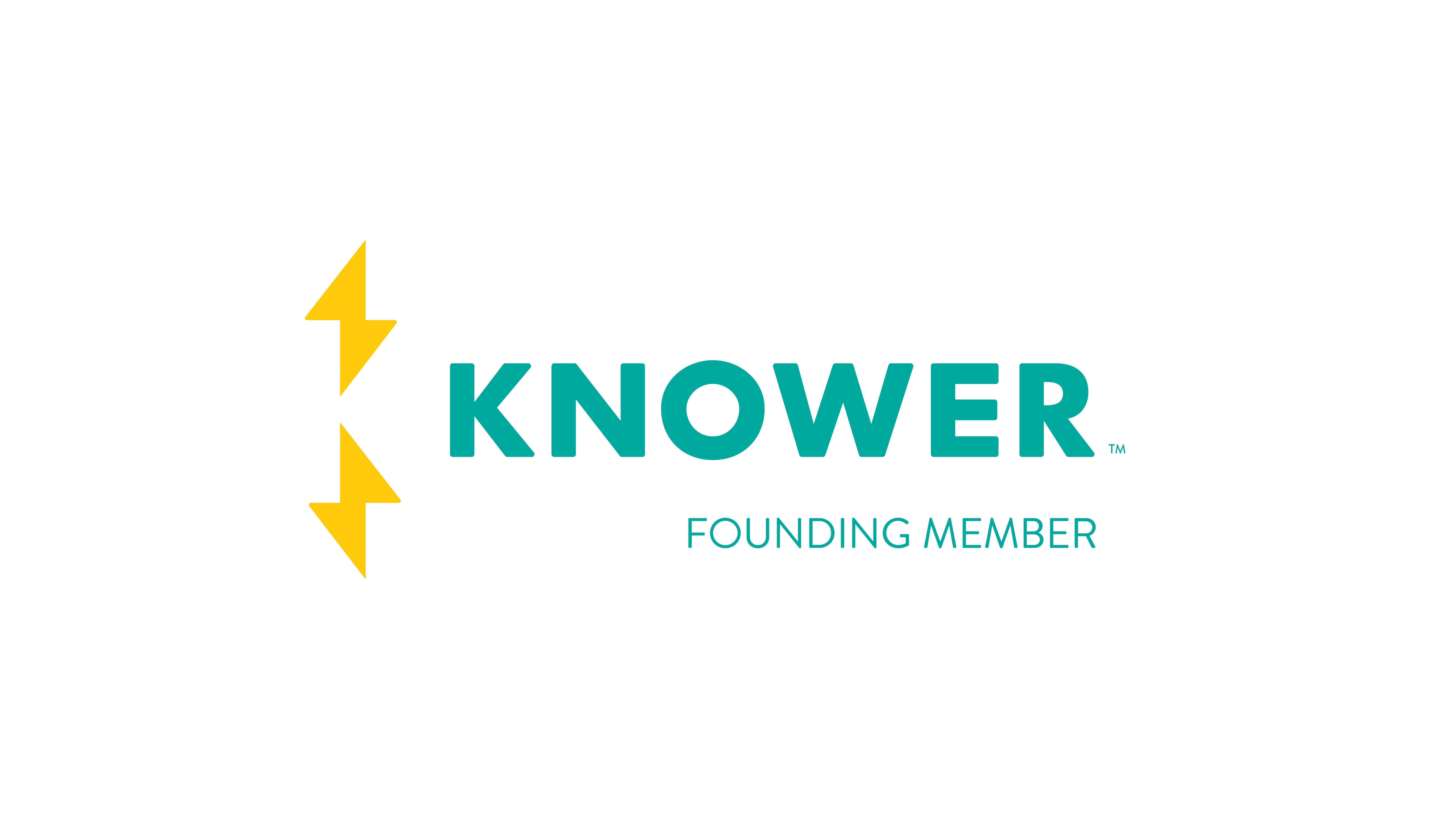Before you use an overhead crane, you should always perform a pre-op inspection — and a great tool to do that consistently is to use a basic checklist. But you also need to recognize why these inspections are essential!
Operator Inspections
Several different types of inspections are performed on cranes, but not all are the responsibility of professionals or maintenance. For example, ASME B30.2-2011-2.1.3 for Overhead Cranes & ASME B30.16-2.1.2 for Underhung Hoists both indicate it is the operator’s responsibility to inspect cranes and hoists before using them. These pre-operational checks are referred to as functional tests.
While pre-op checklists for cranes might seem redundant to do every shift, a lot can change on a crane depending on the skill and care of the previous person who operated it.
ASME Pre-op Inspection Guidelines
Here are the basic things that ASME B30.2-2011-2.1.3 indicates should be checked:
- Operational controls
- The primary upper limit device under a no-load condition with the block either running at slow speed or inched to the limit.
- The rope, looking for distortion, general corrosion, broken or cut strands, visible broken wires, etc.
If any issues are discovered, the operator needs to report them to the right person in the facility. Then adjustments, repairs, or replacements must be made per ASME B30.2-2011 2-4.2.4 Adjustments, Repairs, and Replacements. ASME also indicates that records of these functional, or pre-operation, inspections should be made.
Look Up and Listen
Two good practices for crane pre-operational inspections are “Look Up” and “Listen,” and they tie in with ASME B30.2-2011-2.1.3 and its visual and audible examinations description. Let’s talk about what “Look Up and Listen” means to operators.
“Look Up” means looking above you to scan the crane system. Many of the potential issues with the crane are above eye level. So, when you “Look Up,” pay attention to the structure for anything that looks bent, deformed, or out of place. This includes any electrical wiring that may be loose or hanging down. Also, look at your lifting media (chain or wire rope) to see if there are any kinks, frays, broken wires, worn links, twists, etc.
“Listen” means that when you perform your pre-operational checks, you listen for any noises, pops, grinding, squealing, etc., that are out of the ordinary sounds for smooth crane operation. Address any noises that aren’t normal before you start the operation.
Why a Pre-Operational Inspection is Important?
Even a simple list of items to check can prevent accidents or costly repairs. For example, in the last few weeks, I had a customer who told me about one of his first shift crane operators who performed a pre-operational inspection at the beginning of his shift.
As he “Looked Up,” he noticed that the wire rope had jumped a groove on the hoist drum. Knowing that wasn’t right, he immediately contacted the maintenance supervisor to look at it. The supervisor called Hi-Speed to have a technician come out and troubleshoot the hoist.
After the technician checked out the crane, we discovered that a wire rope guide had come loose, allowing the rope to jump a groove. Fortunately, it was a simple repair. The wire rope wasn’t damaged, and we quickly had the crane back in operation.
That simple checklist likely saved costly repairs had he used the crane in that condition. In a worst-case scenario, the rope could have been damaged and broken while lifting a load had that operator not taken his pre-operational inspection seriously.
Example of a Pre-Operational Checklist
Here’s an example of a concise but practical pre-operational checklist for a crane or overhead hoist:
- Hook, load lines, trolley, and bridge visually inspected
- No obvious sign of air/hydraulic leakage
- No lock-out tags
- No exposed electrical hazards
- Pendant emergency stop is functional
- Control functions are clearly labeled
- Operational controls (speed and direction) are functioning correctly
- Primary upper limit switch is working correctly
- Lower limit switch (if installed) is working correctly
- Bridge and trolley limit switches functional
- Hoist brake working such that there is no drift without a load
- Bridge movement alarm (if installed) is working
- 3” of overhead clearance and 2” lateral clearance between the crane and potential obstructions
These checklists can also be organized by the type of inspection (e.g., machinery, walk around, operator cab, operational). For example, a cab inspection list might include a check for functional safety devices, warning and/or indicator lights, and alarms for overhead cranes with a cab.
And it’s also important not to overlook details like hooks, slings, chains, and riggings. A visual inspection for signs of damage is crucial before you start operating an overhead crane. For example, hooks should be checked for nicks and gouges, signs of corrosion, excessive wear, or deformation.
Conclusion
In short, don’t forget to “Look Up and Listen” when it’s time to operate an overhead crane or hoist. Those pre-op inspections are essential to the safety of your employees and your equipment. Suppose you’re having trouble developing your checklist. In that case, you can find some online, such as the OSHA Academy or Yale Environmental Health and Safety — and the crane experts here at Hi-Speed Industrial Service can help you develop one specific to your equipment and operating environment. In fact, we can train you and your team on how to perform effective pre-op inspections.
Hi-Speed Industrial Service can also conduct OSHA inspections that fully comply with OSHA 1910.179 and ASME/ANSI B30.2 and perform regular maintenance and repairs. Contact us today to learn how we can help you keep your cranes running!

